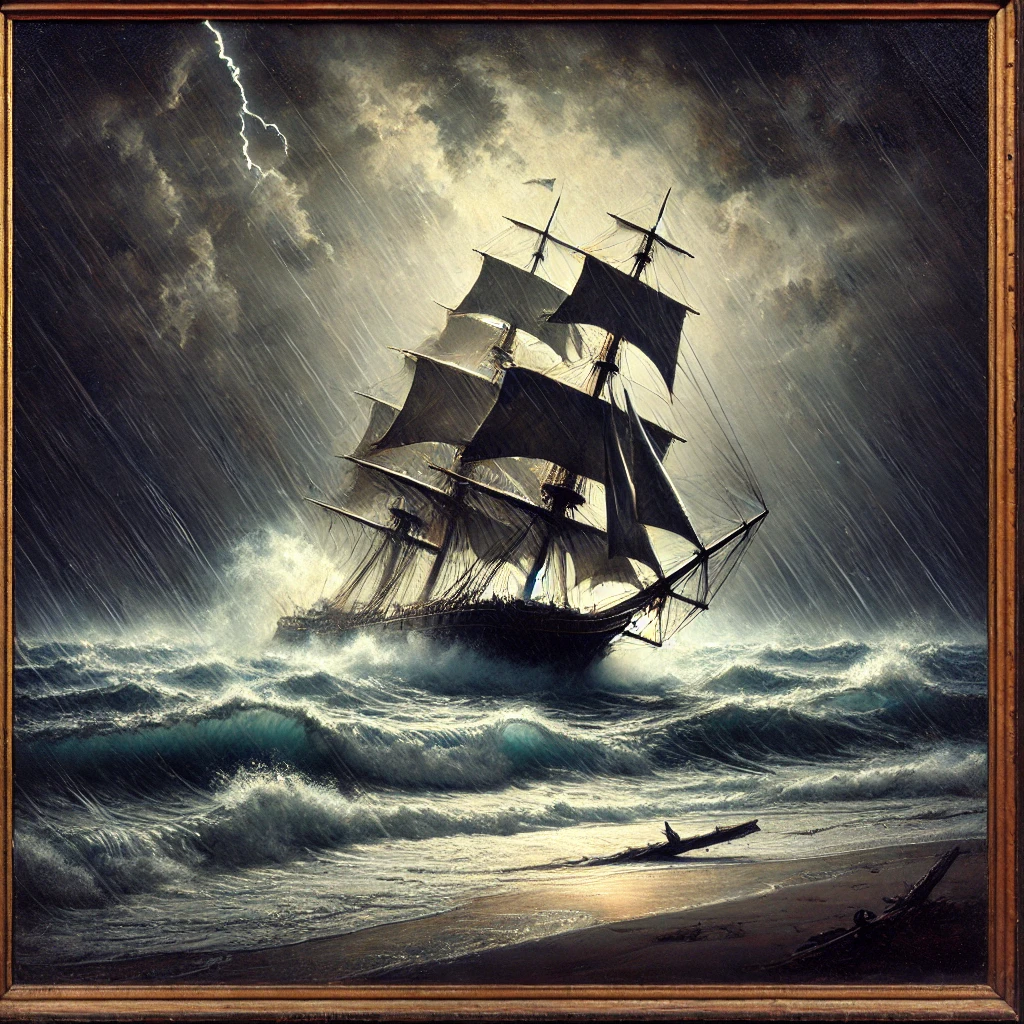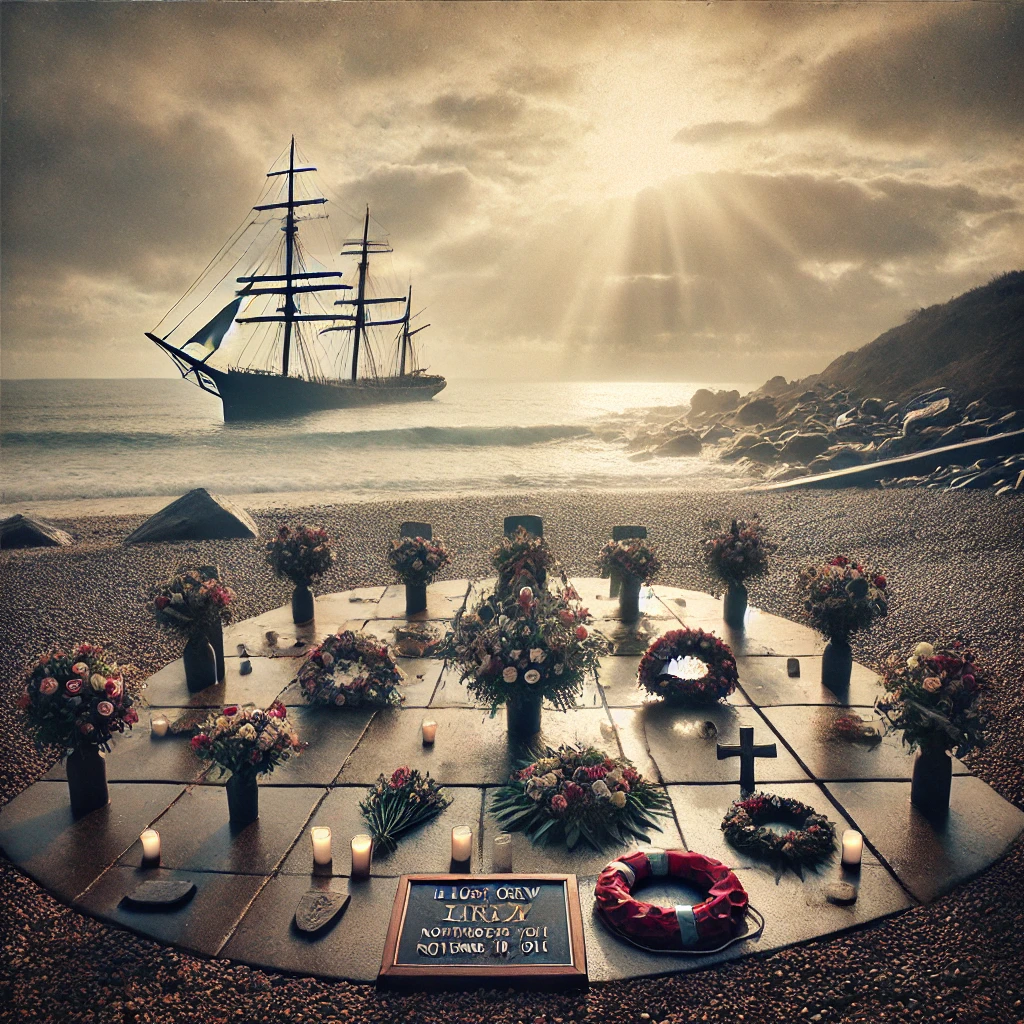On November 19th, 1911, the clipper ship Hera met a tragic fate when it ran aground on the Doom Bar sandbank off the coast of Cornwall, England. This maritime disaster not only marked a significant event in the history of maritime navigation but also left a lasting legacy that continues to captivate the imagination of locals and historians alike. The wreck of the Hera serves as a poignant reminder of the perils of seafaring and the enduring power of nature.

The Journey of the Hera
The Hera, a beautifully designed clipper ship known for its speed and elegance, was part of the fleet that symbolized the height of maritime trade in the late 19th and early 20th centuries. Clippers were renowned for their ability to navigate the oceans swiftly, transporting goods and passengers across great distances. However, the Hera’s journey on that fateful day in November took a disastrous turn when it encountered the treacherous waters of the Doom Bar, a notorious sandbank known for its shifting sands and challenging currents.
As the ship sailed toward the coast, navigational challenges arose. Despite the expertise of the crew, the Hera found itself caught in a fierce storm that reduced visibility and complicated their navigation efforts. The ship’s grounding on the Doom Bar resulted in significant damage, and efforts to salvage the vessel proved futile. The Hera became trapped, a haunting sight for those who witnessed its final moments.

The Legacy of the Wreck
The wreck of the Hera quickly became part of local lore, transforming into a legendary event that resonated within the community. While the disaster was a tragedy for those on board and their families, it also underscored the dangers associated with maritime travel during that era. The story of the Hera serves as a historical touchstone, illuminating the challenges faced by seafarers and the consequences of nature’s unpredictability.Today, remnants of the Hera can still be seen at low tide, with parts of the shipwreck exposed along the shoreline. This visibility has made the wreck a point of interest for tourists, historians, and maritime enthusiasts alike. The ship’s remains stand as a testament to both the shipbuilding craftsmanship of the time and the relentless power of the sea. Visitors to the site often reflect on the stories of bravery and survival that are associated with maritime disasters, enriching the cultural fabric of the region.
A Reminder of Nature’s Power

The story of the Hera serves as a poignant reminder of the inherent risks of maritime navigation. As technology has advanced, the tools available to sailors have improved dramatically, yet the ocean remains a formidable force. The wreck of the Hera exemplifies how even the most skilled navigators can fall victim to the whims of nature, prompting ongoing discussions about safety and preparedness in maritime travel.
Furthermore, the Hera’s legacy continues to inspire stories of resilience and courage in the face of adversity. The shipwreck has become part of local history, serving as an educational resource for those interested in maritime heritage. It highlights the importance of respecting the sea and understanding its complexities, lessons that are as relevant today as they were over a century ago.
The grounding of the clipper ship Hera on November 19th, 1911, remains a significant maritime disaster that resonates through history. This event not only underscores the dangers of seafaring but also serves as a reminder of the power of nature and the resilience of the human spirit. As we reflect on the legacy of the Hera, we honor the memory of those who experienced this tragedy and acknowledge the lessons learned from such events. The wreck continues to stand as a testament to the enduring relationship between humanity and the sea, captivating the imagination of all who encounter its story.
